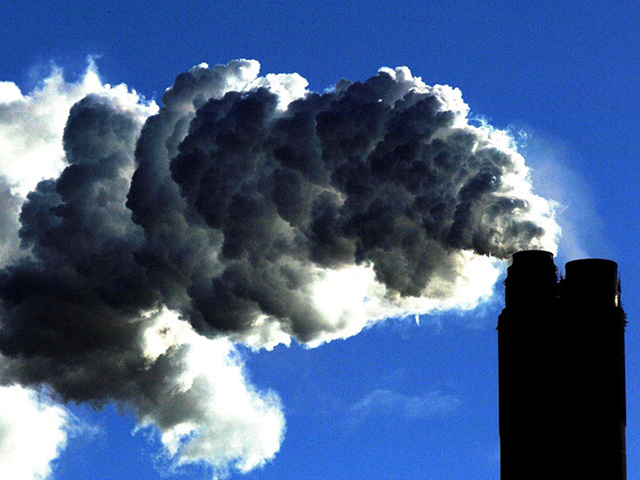
The world’s growing need for energy will see consumption increase by 48% by 2040, according a new study by experts.
The US Energy Information Administration’s recently released International Energy Outlook 2016 (IEO2016) projects that world energy consumption will grow with demand primarily coming from developing countries.
The EIA believes China and India will lead the push, with other non-Organization for Economic Cooperation and Development (OECD) countriesalso driving growth, particularly in Asia.
Non-OECD Asia, including China and India, accounts for more than half of the world’s total increase in energy consumption over the projection period.
Concerns about energy security, effects of fossil fuel emissions on the environment, and sustained, long-term high world oil prices support expanded use of non-fossil renewable energy sources and nuclear power.
Renewables and nuclear power are the world’s fastest-growing energy sources over the projection period.
Renewable energy increases by an average 2.6% per year through 2040; nuclear power increases by 2.3% per year.
Even though nonfossil fuels are expected to grow faster than fossil fuels (petroleum and other liquid fuels, natural gas, and coal), fossil fuels still account for more than three-quarters of world energy consumption through 2040.
Natural gas, which has a lower carbon intensity than coal and petroleum, is the fastest-growing fossil fuel in the outlook, with global natural gas consumption increasing by 1.9% per year.
Rising supplies of tight gas, shale gas, and coalbed methane contribute to the increasing consumption of natural gas.
Coal is the world’s slowest-growing energy source, rising by only 0.6% per year through 2040.
Throughout the projection period, the top three coal-consuming countries are China, the United States, and India, which together account for more than 70% of world coal consumption.
China alone currently accounts for almost half of the world’s total coal consumption, but a slowing economy and plans to implement policies to address air pollution and reduce carbon dioxide emissions mean that coal use in China will begin to decline in the later years of the projection period.
Coal use in India continues to rise and surpasses US coal consumption after 2030.
Much of the analysis conducted for the IEO2016 was done before the release of the US Environmental Protection Agency’s final Clean Power Plan (CPP).
For this reason, the IEO2016 Reference case does not include the potential effects of the CPP regulations in the United States, analysis that shows the potential for significant reductions in U.S. coal consumption and increases in US renewable consumption compared with the Reference case projection.
